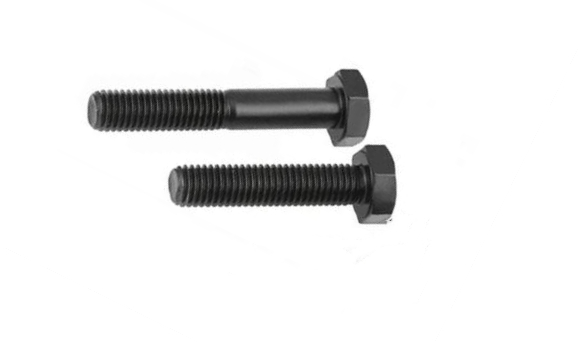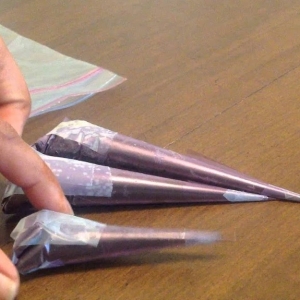Bolts are essential components in construction, and their failure can lead to serious consequences. Many instances of bolt failure are related to installation and construction issues. This article provides insights into common forms of bolt failure, analyzing their causes and providing precautions to prevent such failures.

1. Fracture Causes Bolt Failure
Overload Fracture
Cause Analysis:
Overload fracture occurs when a bolt, installed in a manner deviating significantly from the axis, faces serious interference between the screw hole and light hole. Attempting to tighten the bolt under such conditions results in a combination of overload tension, pulling torque, and interference shearing, ultimately leading to bolt fracture.
Precautions:
To prevent overload fractures, flange hexagon bolts should be tightened in multiple steps using a cross-method to minimize cumulative errors in the coaxiality of screw holes and light holes.
Fatigue Fracture
Cause Analysis:
Fatigue fractures exhibit striations in flat areas with dimple morphology at a 45° angle to the bolt axis. These fractures are associated with factors like preload, bolt loosening, vibration, load changes, impact, low preload during installation, lack of proper anti-loosening measures, and improper assembly.
Precautions:
Preventing fatigue fractures involves strictly adhering to installation specifications and ensuring proper preload during bolt installation.
2. Thread Stripping Causes Bolt Failure
Cause Analysis:
Thread decarburization historically led to bolt slippage. However, advancements in fastener technology, especially in the last two decades, have addressed this issue. Presently, bolt slippage is primarily related to installation and construction practices.
Precautions:
Manufacturers should prevent thread decarburization through heat treatment and atmosphere protection. Users should strictly follow installation and construction specifications and enhance on-site bolt protection.

Shrinkage Fracture
Cause Analysis:
Insufficient and uneven annealing of raw materials, combined with high strength and hardness, leads to shrinkage fractures. During diameter reduction, large deformation stress generates microcracks. Subsequent quenching treatment exacerbates these microcracks.
Precautions:
Preventive measures include changing diameter reduction to turning, strengthening control of raw material annealing processes, and ensuring sufficient and uniform annealing.
3. Thread Seizure Causes Bolt Failure
Cause Analysis:
Rapid preloading and disassembly leading to high temperatures on screw teeth cause adhesive wear on stainless steel screw teeth surfaces. Accumulated abrasive debris hinders screwing processes, resulting in thread seizure.
Precautions:
Reducing pre-tightening and disassembly speeds can lower thread temperatures, reducing adhesive wear and the likelihood of stainless steel thread seizure. Coating the threads can further reduce friction coefficients, preventing thread seizure.
Summary
This comprehensive analysis covers design, materials, bolt manufacturing processes, installation, and construction practices. It aims to assist both bolt manufacturers and bolt failure analysts in understanding the intricacies of bolt failure, ultimately contributing to enhanced bolt quality and reliability in construction applications.







